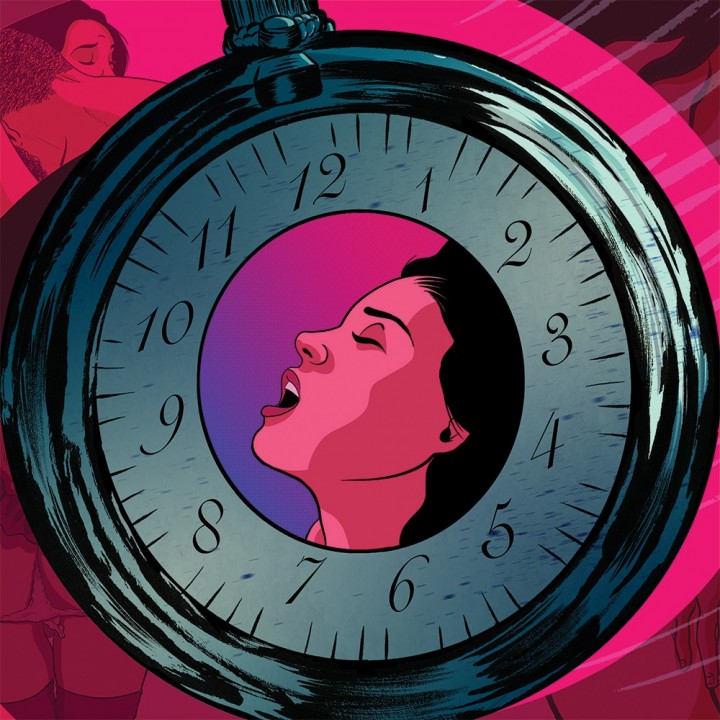
Remembering Flight 191
The devastating plane crash claimed 273 lives, among them four Playboy employees
I was on the phone with a new girlfriend in New York when news of the crash reached the 10th floor of the Playboy Building. I heard screams, wailing, lamentations. I told my girlfriend to hold on. In the office I found co-workers collapsed against walls, tears streaming down their faces. From the windows of 919 N. Michigan Avenue, we watched a column of black smoke rising from northwest Chicago into an absolutely blue sky. American Airlines Flight 191 had lost an engine upon takeoff from O’Hare International Airport. Aloft for just over 30 seconds, the DC-10 had plunged into a field, killing two on the ground and everyone on board. Among the 271 passengers and crew were four of our Playboy colleagues—Sheldon and Judith Wax, Vicky Chen Haider, Mary Tierney Sheridan.
Shel Wax was the magazine’s managing editor. He was our staff sergeant, our shop foreman, responsible for cracking the whip, enforcing deadlines. At 51 years old, he was the designated adult bringing order to a staff of younger counterculture types who may well have invented flex time. Shel once sent a memo addressed to “The Bureau of Missing Persons” that discussed the novel idea of arriving on time at work: “You'll be surprised how clean the air is at nine a.m.,” he wrote. His wife, the writer Judy Wax, had a delightfully sly sense of humor. For 15 years she penned irreverent holiday and year-end poems for the magazine. In her December 1978 Playboy’s Christmas Cards, her last installment, she took on Saturday Night Fever and disco freaks: “The new obsessive craze of yours / Has been a little jolting / You used to be a modest guy / And now you are Travolting.” Judy had just finished a book, Starting in the Middle, and was on her way to the American Booksellers Association Convention in Los Angeles to celebrate and promote it.
Vicky Chen Haider was Playboy's fiction editor and mother to a young son. We had grown used to her bringing him to work, cuddling him in one arm while editing stories by the great novelist Irwin Shaw or the enfant terrible Harlan Ellison. She had said about parenting, “There is nothing like mothering to turn up the volume on all your emotions.” Or tragedy. I remember Barbara Nellis and another co-worker desperately trying to track down Vicky’s husband to break the terrible news so he didn’t have to hear it from strangers.
It took a long time before I could look at the blue sky and not see the column of smoke.
The magazine had to respond, decided Executive Editor Arthur Kretchmer. We would get through it by doing what we knew best: quality journalism. Laurence Gonzales, a pilot and contributing editor who had previously criticized the airline industry, drove out to the crash site, which he described as looking like a nuclear-reactor meltdown. “I couldn’t connect with it then, but four of my friends had boarded that plane. I found myself unable to react; that came later, with interest,” wrote Gonzales in Airline Safety: A Special Report, his stunning 1980 two-part series for Playboy. It took a long time before I could look at the blue sky and not see the column of smoke. Every square inch of the office at 919 held a memory—this was the pillar that Nellis leaned against when she broke the news to Vicky’s husband; this was the office where Gonzales kept a couple of chunks of molten aluminum recovered from the site.
There were public memorial services, and private. Shel, Judy, Vicky, Mary—they were all so splendidly alive, at the height of their creative powers, doing what they loved. Some tried to turn that into a life lesson: At least they died doing something they loved. No. They died; they died too young. If you look at the magazine’s masthead on the day of the crash, it was the best lineup in professional journalism. How we dealt with the grief—for some of us, the first serious grief of our lives—was unexpected and deeply personal.
Gonzales built a career on writing about survival and airline safety, culminating in Flight 232, the true story of another DC-10 crash (this one in an Iowa cornfield, and there were survivors). Nellis never boarded another airplane and devoted her life to raising her daughters. Assistant Editor Tom Passavant and I took two winters off to do something we loved; the result was our 1981 book Playboy’s Guide to Ultimate Skiing.
Today, whenever I arrive at or depart from O’Hare, I take a moment to whisper a prayer to my colleagues. And I think of them every time I hear about another plane falling out of the sky.
A LOOK AT PLAYBOY HISTORY
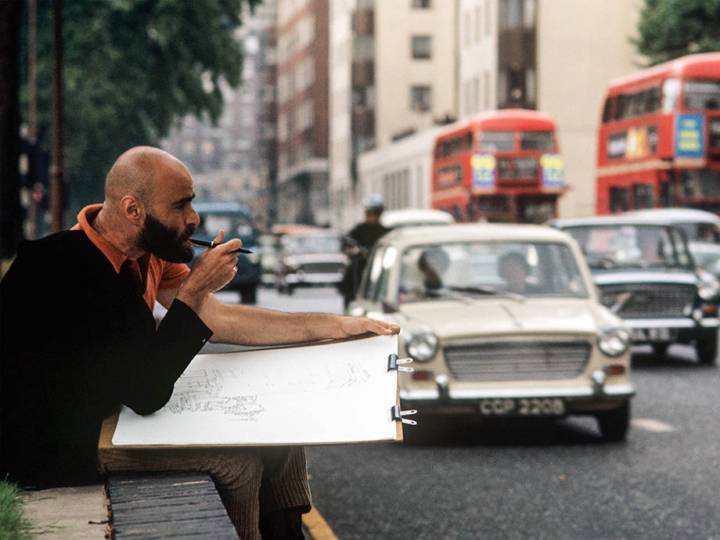
The Subversive Scribbler
Remembering Shel Silverstein, Playboy’s beloved “proto-punk” poet and cartoonist
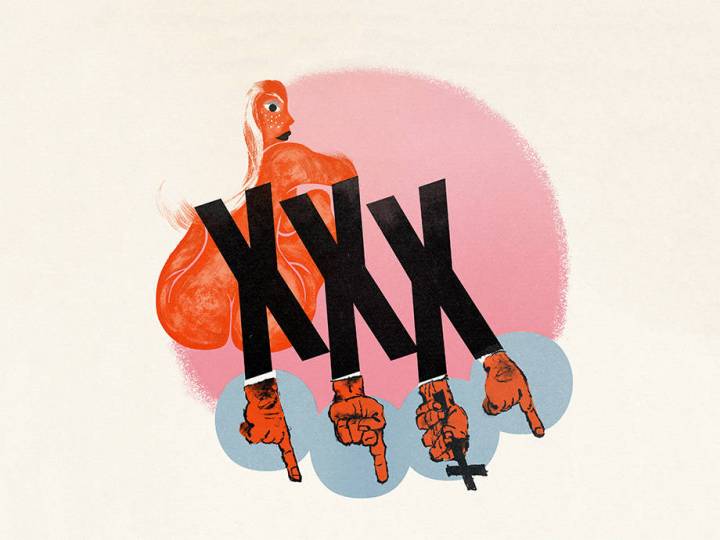
Defying the Anti-Porn Police
Is sex a menace to society? Recent social media purges are eerily evocative of Reagan-era censorship

Hare Force One
The Playboy empire hit cruising altitude in the early 1970s with Big Bunny, Hef's luxury jetliner
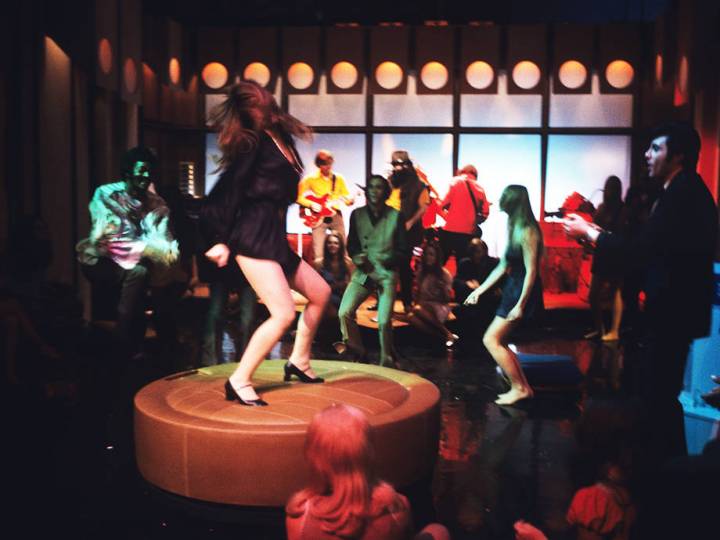
Playboy After Dark: Welcome to Hef’s Party
The host with the most invited viewers into his (faux) home for intimate parties and performances

The King of Free Speech
Lenny Bruce transformed stand-up comedy into a vehicle for sharp social commentary
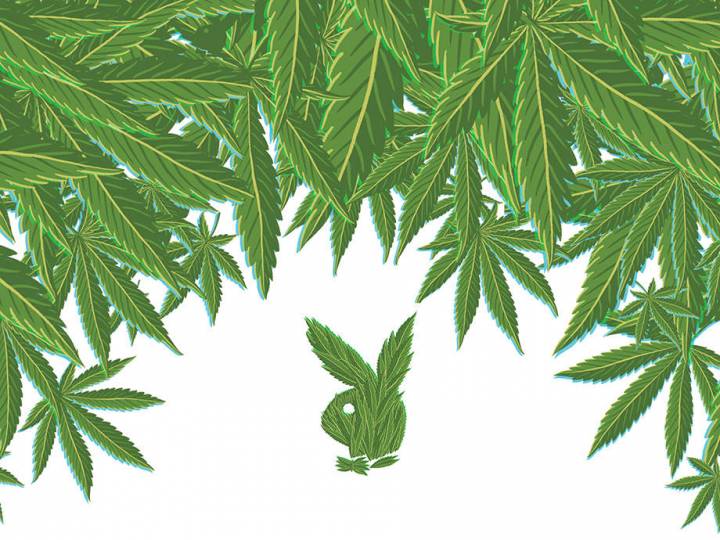
On Playboy's History as a Weed Warrior
The cannabis we smoke, vape and eat owes its increased legal status to pioneering activists
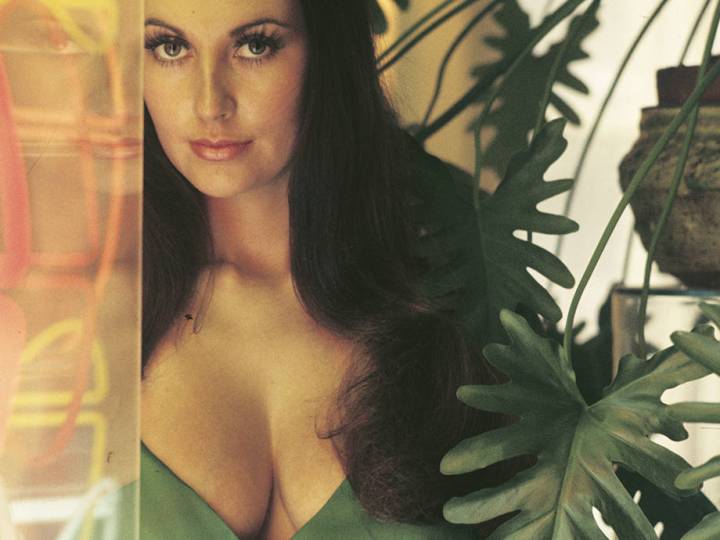
Meet the Model Behind Playboy's First Foray Into Full Frontal
Marilyn Cole, the one and only British Playmate of the Year, talks being the first to bare it all

Brande Roderick Talks Her Name, Her Fame and Her Time With Trump
The 2001 Playmate of the Year sets the record straight





